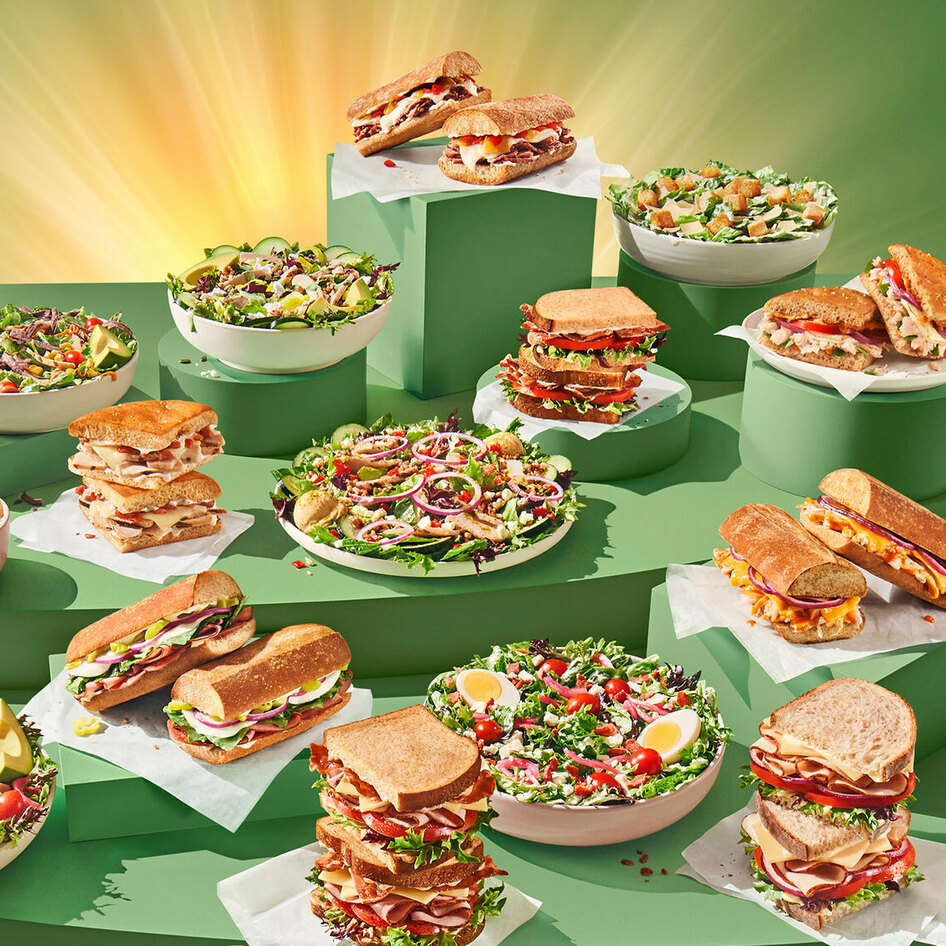What Vegans Should Know About Food Language
Do words affect the way we approach food? VN explores how language can help save the animals.
May 9, 2010
Call it marketing, re-branding, or the assuaging of guilt, but today it seems that people want to be as far removed as possible from the facts about the food that they eat. Jarring hybrids have been created to change the way we conceptualize eating meat, from “chicken tenders,” to “buffalo wings.” Many omnivorous menu item names offer a fantasy too far removed from reality to elicit empathy or compassion. Even if most people realize that the meat they order is a dead animal, a disconnect still remains.
In our everyday use of language, we choose words that ease our discomfort and inure us to that which might be ugly, dirty, violent, or just discomforting. We speak of “friendly fire” and “collateral damage” to refer to victims of war. Dumps are now “transfer stations,” and used cars are “previously owned vehicles.” Similarly, we tend to sugarcoat what we eat with language that conceals what we’re actually putting in our mouths. The euphemisms used to refer to meat, dairy, and eggs contribute to our disconnection with the source of these products: the animals themselves. For example, the word “meat” is preferred over “flesh” or even “animal,” and it’s generally discouraged to refer to the pigs, cows, and deer offered up for our gustatory pleasure. Instead, we order pork, beef, and venison. When an animal lies dead on the side of the road, we call it a carcass, but when an animal lies dead on our plate, we call it dinner.
Many of the words we use to refer to animals’ body parts are equally innocuous, such as bacon, ribs, steak, hamburger, meatball, ham, pepperoni, roast, ground beef, sirloin, and chuck. We don’t say “prime cuts of pig” or “thin slices of calves.” As the result of successful desensitization, we seem to be able to refer to specific body parts without squeamishness, such as leg, breast, rib, wings, rump, loin, and flank, though we arbitrarily draw the line at tongues, feet, heads, intestines, and stomachs. Of course, words from other languages make animal parts seem even more edible: caviar, foie gras, pâté-menu items that many people might not order if they were in English. “Escargot” certainly sounds more appetizing than “snails.”
Strangely, we can order without compunction “chicken,” “turkey,” “duck,” and “goose,” but the slightest alteration makes people squirm. Try asking someone if they eat “chickens,” “ducks,” and “geese,” and it’s as if they’re recognizing the animals for the first time. People have no problem eating “chicken,” but they’ll writhe when you ask them if they eat “chickens.” Using euphemisms to refer to the anonymous victims of our appetites not only belittles and commodifies animals, minimizes their suffering, and legitimizes and conceals our institutionalized use and abuse of them, it also desensitizes us to our own truth, values, and compassion. That’s a pretty high price to pay for a few old habits that can easily be replaced with just a little effort.
One of the joys of becoming vegetarian is that there is no need to euphemize, assuage, pretend, or romanticize. You can look at the truth squarely in the face and, well, call a carrot a carrot.
JUMP TO ... Latest News | Recipes | Guides | Health | Shop







